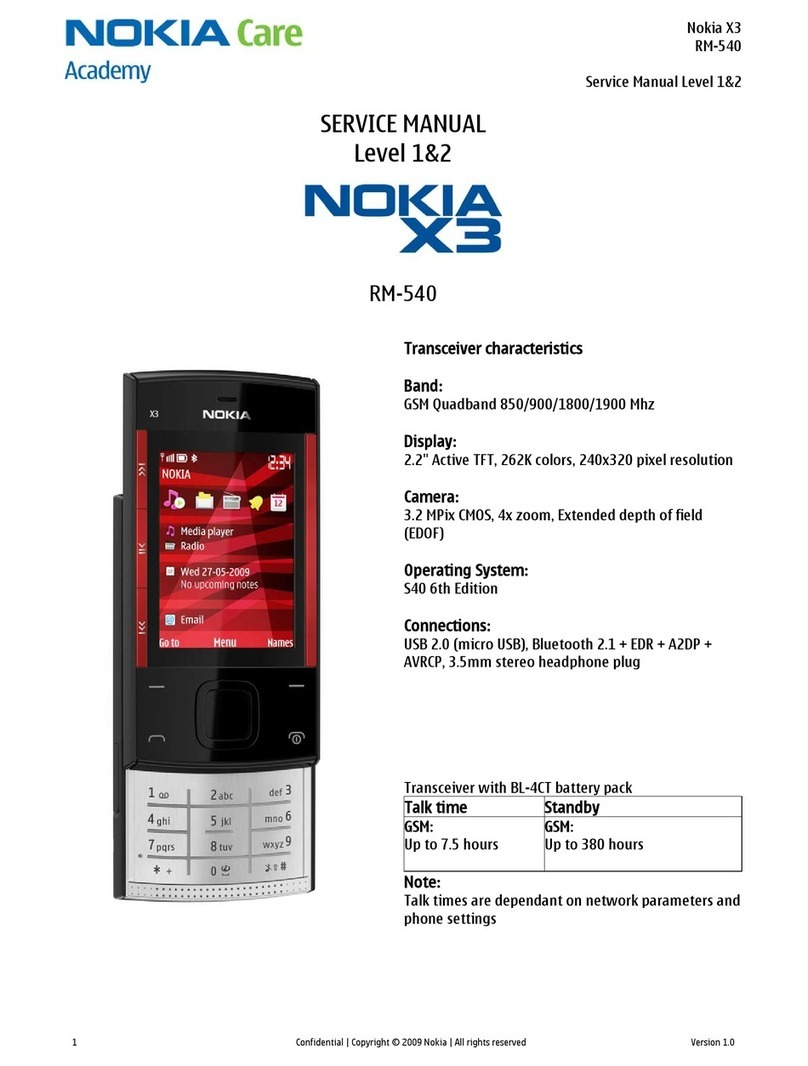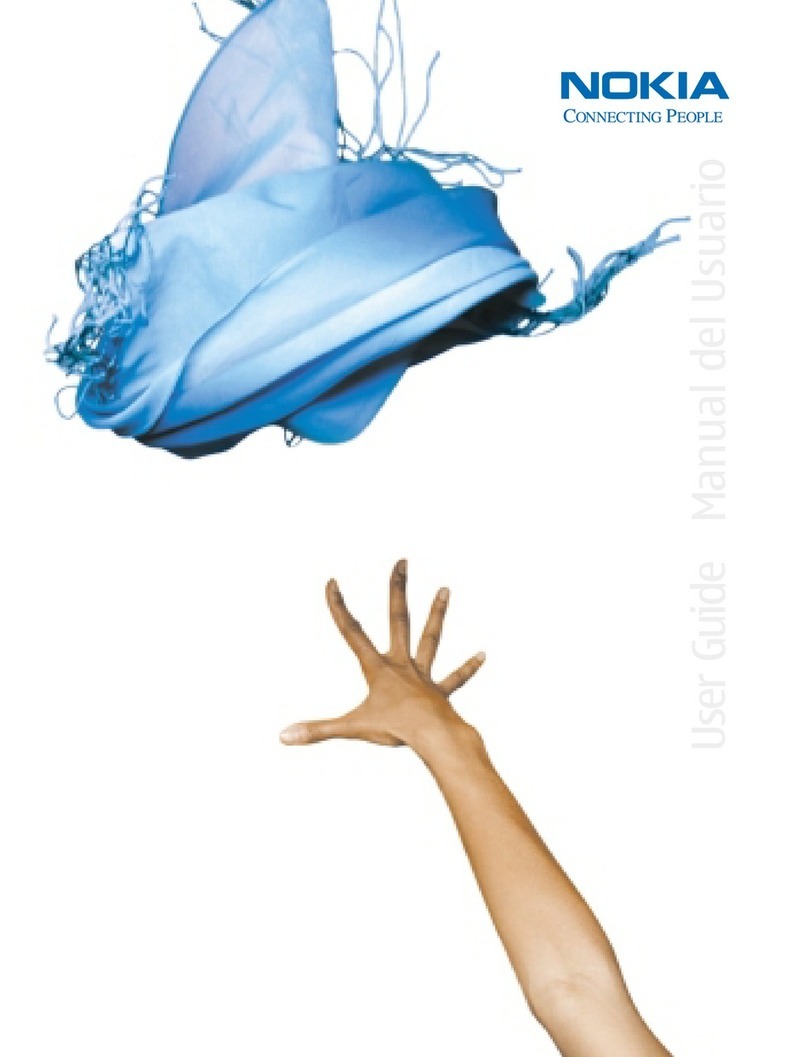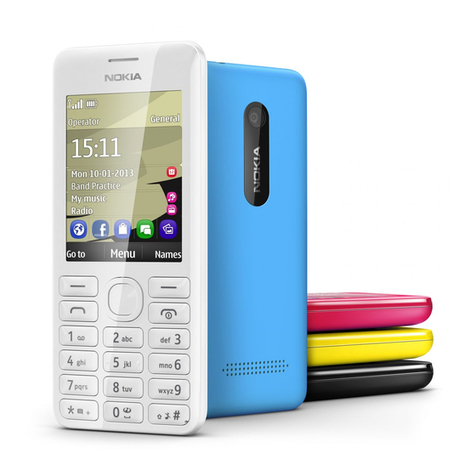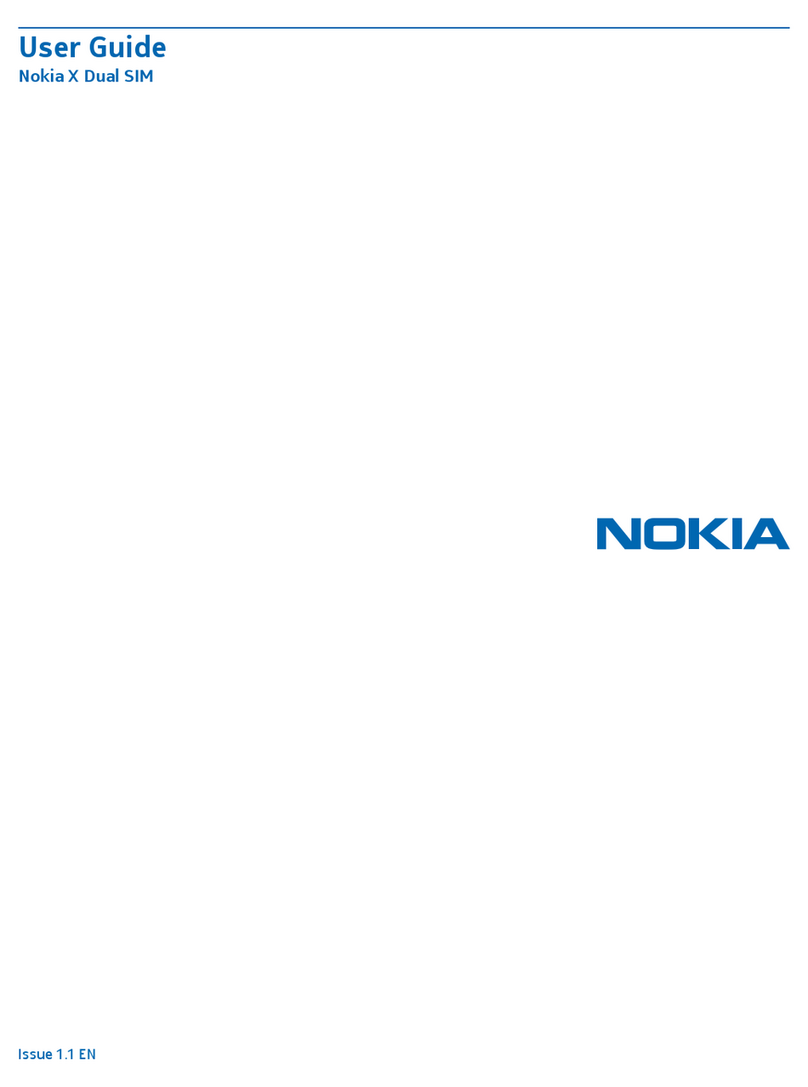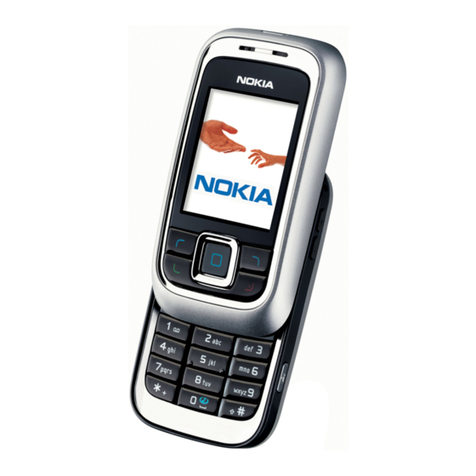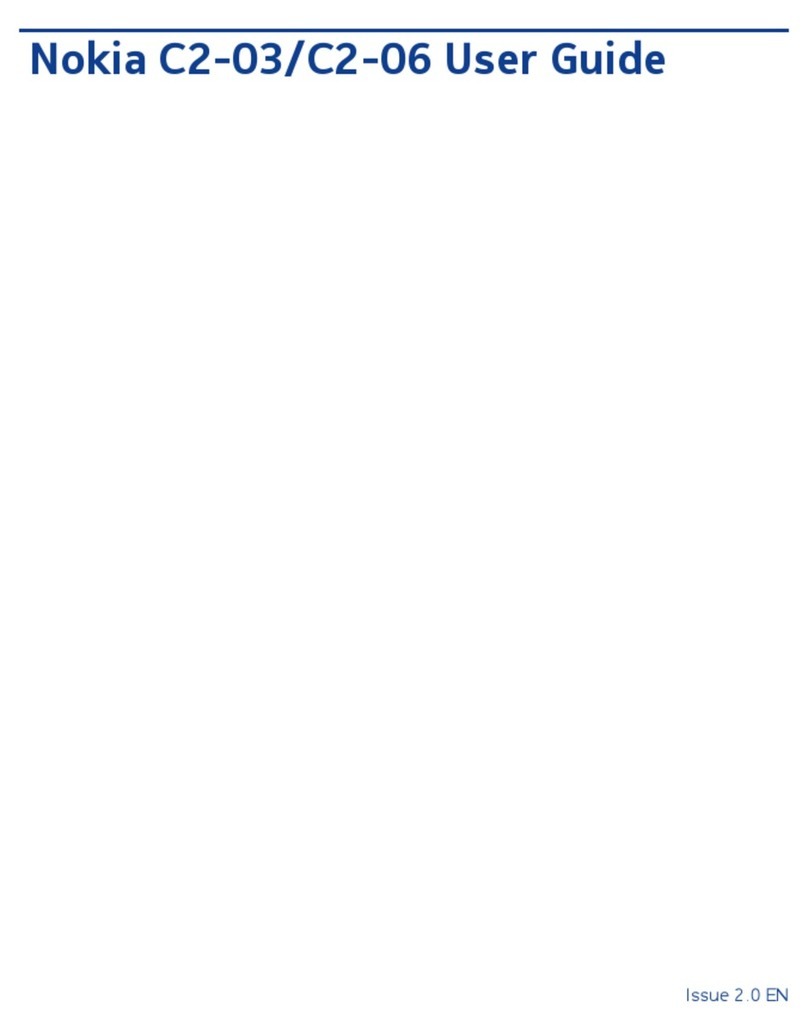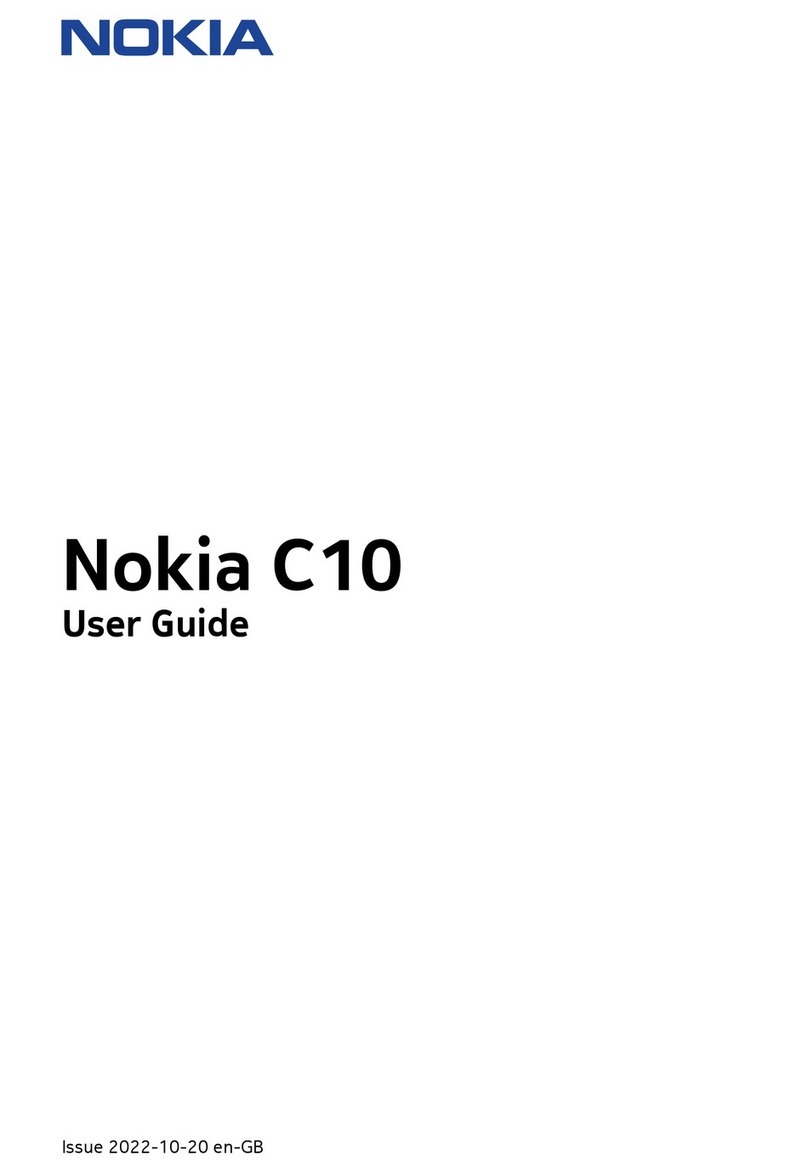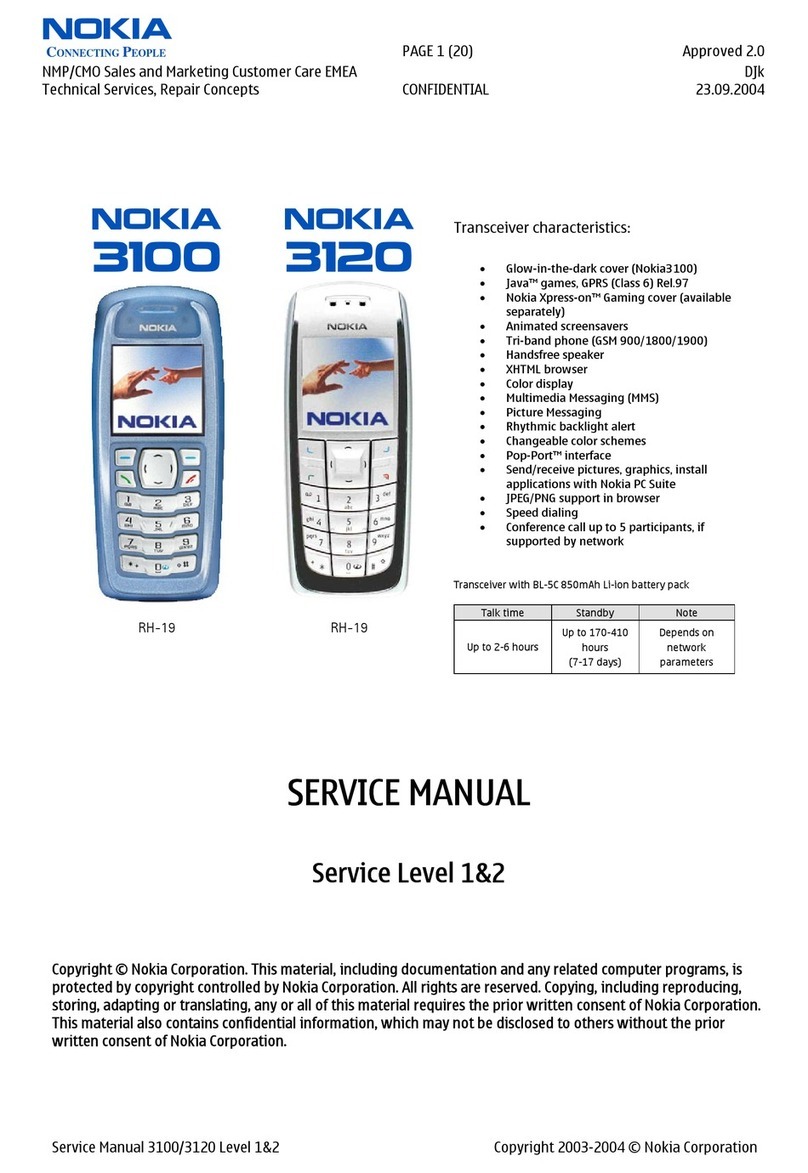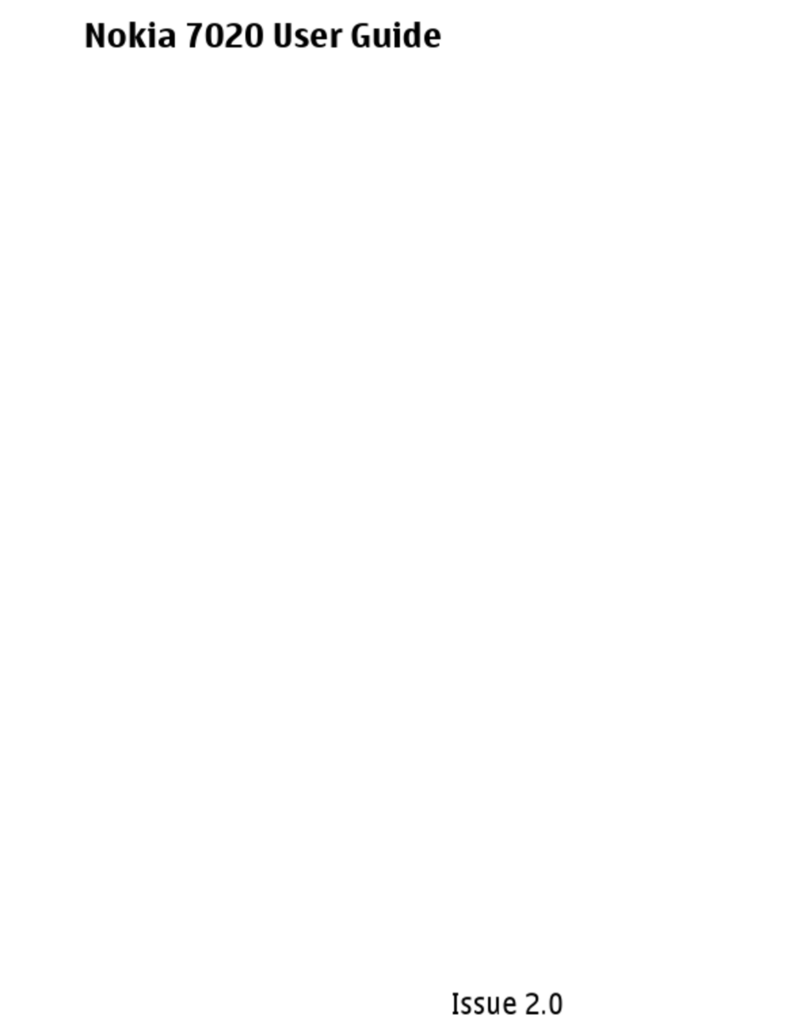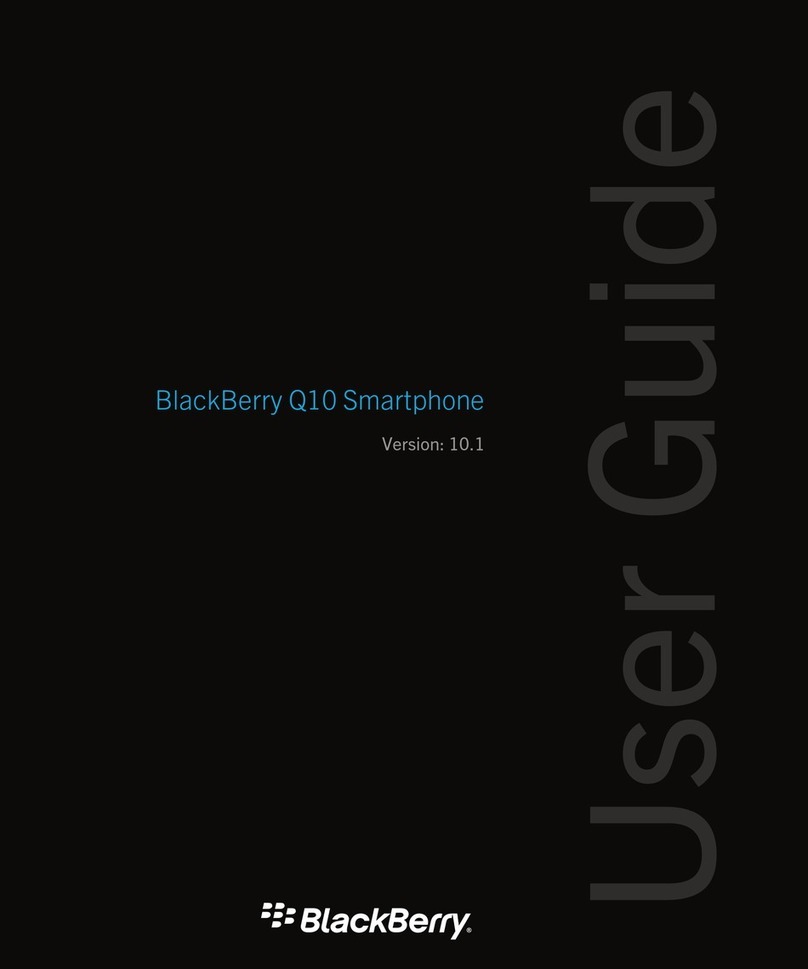
Product and safety info
Important: For important info on the safe use of your device and
battery, read the Product and safety info booklet before you take
your device into use.
You can only use your device on the GSM 850, 900, 1900; WCDMA 2,
4, 5, 8; LTE 2, 4, 5, 7, 8, 28 networks.
You need a subscription with a service provider.
Important: 4G/LTE might not be supported by your network
service provider or by the service provider you are using when
traveling. In these cases, you may not be able to make or receive
calls, send or receive messages or use mobile data connections. To
make sure your device works seamlessly when full 4G/LTE service is
not available, it is recommended that you change the highest
connection speed from 4G to 3G. To do this, on the home screen,
tap Settings > Network & Internet > Mobile network > Advanced,
and switch Preferred network type to 3G.
For more info, contact your network service provider.
Charge your device with the CH-35E (EU plug)/ CH-35X (UK plug) /
CH-35U (US plug) / CH-35A (Australia plug) / CH-35N (India plug) /
CH-51B (Brazil plug) / PA-US5V1A-019 (US plug) chargers. HMD
Global may make additional battery or charger models available for
this device. Charging time can vary depending on device capability.
Some of the accessories mentioned in this user guide, such as
charger, headset, or data cable, may be sold separately.
Electrical Information of the Charger
The following electrical information corresponds to the above-
mentioned charger models:
Input: 100-240 Vca 50-60 Hz 0-200 mA
Output: 5,0 Vcc 0-1000 mA
Charger safety instructions
The charger is suitable to be used only with compatible devices.
The charger should not be used in extremely high or low
temperatures.
Ventilation should not be obstructed by covering the charger with
magazines, blankets, curtains etc.
Open flames, such as candles, should not be placed above the
charger.
The charger and the wall outlet shall be easily accessible at all times.
In case the cable or the plugs are damaged, stop using them.
The charger requires very low maintenance. If you want to clean it,
use a dry cloth or a brush.
Meaning of the symbols:
For internal use only
The charger should not be disposed as unsorted municipal
waste. It should be recycled.
The surface of the device is nickel-free.
Parts of the device are magnetic. Metallic materials may be
attracted to the device. Do not place credit cards or other magnetic
stripe cards near the device for extended periods of time, since the
cards may be damaged.
Note: Pre-installed system software and apps use a significant
part of memory space.
Keep a safe distance when using the flash. Do not use the flash on
people or animals at close range. Do not cover the flash while taking
a photo.
Certification information (SAR)
This mobile device meets guidelines for exposure to radio waves as
set forth by the Federal Communications Commission (FCC). Refer
to the following.
FCC RF Exposure Information
Your handset is a radio transmitter and receiver. It is designed and
manufactured not to exceed the emission limits for exposure to
radio frequency (RF) energy set by the Federal Communications
Commission of the U.S. Government. The guidelines are based on
standards that were developed by independent scientific
organization through periodic and thorough evaluation of scientific
studies. The standards include a substantial safety margin designed
to assure the safety of all persons, regardless of age and health. The
exposure standard for wireless handsets employs a unit of
measurement known as the Specific Absorption Rate, or SAR. The
SAR limit set by the FCC is 1,6 W/kg. The tests are performed in
positions and locations (e.g. at the ear and worn on the body) as
required by the FCC for each model. The highest SAR value for this
handset model as reported to the FCC when tested for use at the ear
is 1,13 W/kg, and when worn on the body in a holder or carry case, is
0,84 W/kg.
Body-worn Operation; This device was tested for typical body-worn
operations with the handset kept 1,0 cm from the body. To maintain
compliance with FCC RF exposure requirements, use accessories
that maintain a 1,0 cm separation distance between the user’s body
and the handset. The use of belt clips, holsters and similar
accessories should not contain metallic components in its assembly.
The use of accessories that do not satisfy these requirements may
not comply with FCC RF exposure requirements, and should be
avoided. The FCC has granted an Equipment Authorization for this
handset model with all reported SAR levels evaluated as in
compliance with the FCC RF emission guidelines. SAR information on
this handset model is on file with the FCC and can be found under
the FCC ID Search section of www.fcc.gov/oet/ea/ after searching
on FCC ID 2AJOTTA-1391.
Additional information on Specific Absorption Rates (SAR) can be
found on the FCC website at www.fcc.gov/general/radio-
frequency-safety-0.
To send data or messages, a good connection to the network is
needed. Sending may be delayed until such a connection is available.
Follow the separation distance instructions until the sending is
finished.
During general use, the SAR values are usually well below the values
stated above. This is because, for purposes of system efficiency and
to minimise interference on the network, the operating power of
your mobile is automatically decreased when full power is not
needed for the call. The lower the power output, the lower the SAR
value.
Device models may have different versions and more than one
value. Component and design changes may occur over time and
some changes could affect SAR values.
For more info, go to www.sar-tick.com. Note that mobile devices
may be transmitting even if you are not making a voice call.
Your mobile device is also designed to meet the United States
Federal Communications Commission (FCC) guidelines. FCC ratings
for your device and more information on SAR can be found at http:/
/transition.fcc.gov/oet/rfsafety/sar.html.
The World Health Organization (WHO) has stated that current
scientific information does not indicate the need for any special
precautions when using mobile devices. If you are interested in
reducing your exposure, they recommend you limit your usage or
use a hands-free kit to keep the device away from your head and
body. For more information and explanations and discussions on RF
exposure, go to the WHO website at www.who.int/peh-emf/en.
Copyrights and other notices
FCC notice:
This device complies with part 15 of the FCC rules. Operation is
subject to the following two conditions: (1) This device may not
cause harmful interference, and (2) this device must accept any
interference received, including interference that may cause
undesired operation. For more info, go to www.fcc.gov/
engineering-technology/electromagnetic-compatibility-division/
radio-frequency-safety/faq/rf-safety. Any changes or
modifications not expressly approved by HMD Global could void the
user’s authority to operate this equipment. Note: This equipment
has been tested and found to comply with the limits for a Class B
digital device, pursuant to part 15 of the FCC Rules. These limits are
designed to provide reasonable protection against harmful
interference in a residential installation. This equipment generates,
uses and can radiate radio frequency energy and, if not installed and
used in accordance with the instructions, may cause harmful
interference to radio communications. However, there is no
guarantee that interference will not occur in a particular installation.
If this equipment does cause harmful interference to radio or
television reception, which can be determined by turning the
equipment off and on, the user is encouraged to try to correct the
interference by one or more of the following measures:
• Reorient or relocate the receiving antenna.
• Increase the separation between the equipment and receiver.
• Connect the equipment into an outlet on a circuit different from
that to which the receiver is connected.
• Consult the dealer or an experienced radio/TV technician for help.
This device has an electronic label for certification information. To
access it, select Settings > System > Certification.
© 2021 HMD Global. HMD Global Oy is the exclusive licensee of the
Nokia brand for phones & tablets. Nokia is a registered trademark of
Nokia Corporation.
